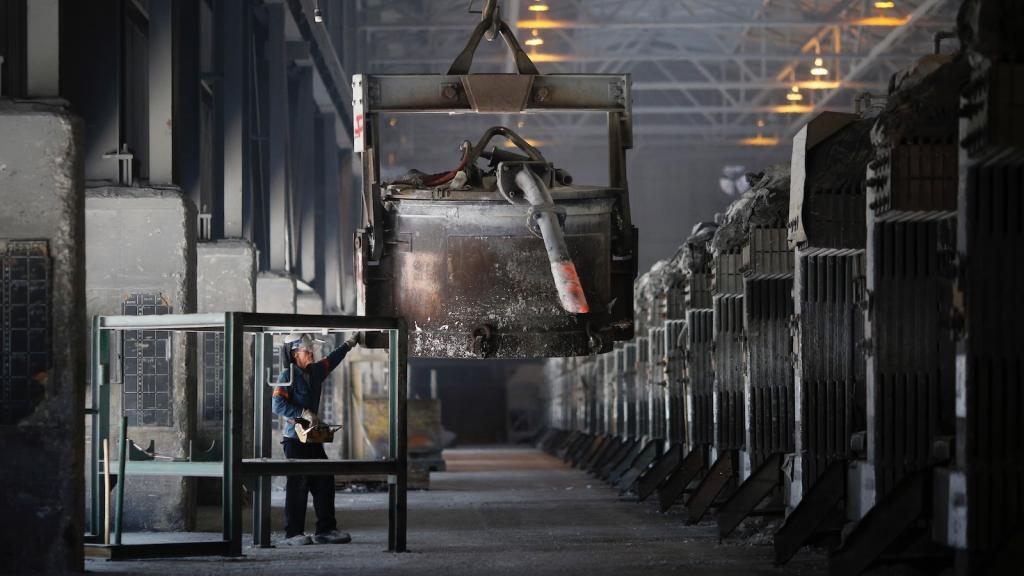Q. Dear Umbra,
I am an American living in Denmark and I have hot-water radiators in all the rooms. The problem is I don’t really understand how they work. My radiators don’t seem to have a thermostat; instead, they all have a big white plastic knob with the numbers 1-5. I think (maybe wrongly) that the higher the number, the more water will be allowed into the pipes, making the radiator hotter. I would think that if the radiator had a thermostat that automatically increased the water flow if the temp got below a certain degree, then it would be smart to turn off the radiator if the windows are open, but this looks like nothing more than a plastic version of a hose faucet on the outside of your house. Am I correct with my thinking, or is there actually a thermostat in there?
Dumster Dave
Copenhagen, Denmark
A. Dearest Dumster Dave,
From what I hear, American expats in Europe face plenty of culture shock. I imagine your experience would be the same, what with all the windmills and liver-and-rye sandwiches and bike traffic jams that come with Danish life — and now that winter is here, this, a heating system outfitted with mysterious knobs. I don’t care much for rye bread, I’m afraid, but I can at least help you get adjusted to your radiators.
Before we crank up the knowledge, here’s something I’d like everyone to take away today, no matter which side of the pond you’re on: Please, do not open your windows when the heat is on. This is a giant waste of energy and money, and there’s usually a better way. Okay? Okay. Onward.
It’s no wonder you’re confused, Dave: Hot-water heating systems with knobs like you describe are common in Europe, but relatively rare out here in the New World — at least in residential buildings. They are smart little knobs, though, and present exciting potential for making all of our homes more efficient, no matter where we live. Get excited, people!
Let’s take a look-see at how radiators work. In general, hot-water systems work by pumping heated water from a boiler to the radiators in each room, where the heat dissipates into the air. The now-cooler water flows back to the boiler for another jolt of warmth, then the cycle repeats until your home has reached the proper temperature and the thermostat tells the whole operation to shut down. Think of the thermostat as the lead singer, and the radiators as the band. Each member of the band can adjust the volume, but the thermostat calls the shots and makes them work in harmony. So! The “volume-adjusters,” or valves, come in a couple of basic types. You have your manual valves, which many of us in the U.S. are probably familiar with; this is basically an on-off valve that either lets water in to the radiator or doesn’t. Then you have the numbered knobs you’re now living with, which are called thermostatic radiator valves, or TRVs.
Your first hunch is right on: TRVs work by regulating the volume of hot water that gets into each individual radiator. Set it low — 1 or 2 — and less water will fill those pipes, which means that particular room will stay cooler. Crank it up to 5, and the hot water will flow full-bore, which means that room will be warmer. But I do have to correct you on your second assumption, that the valves are nothing more than garden hose-style on/off switches: TRVs do indeed have nifty little thermostats inside them to sense when the room has reached your desired level of toastiness. And they actually do save you energy — we’re talking up to 20 percent!
One important detail, DD: The TRVs don’t directly control your boiler. That’s your thermostat’s job. So if saving energy is your game, it’s crucial to keep that thermostat set as low as you’re able. Turning all your radiators down to 1 while cranking the thermostat to 70 degrees (shudder) just means that your boiler will keep burning fuel as it struggles to heat your home to sauna levels using choked-off radiators. Not a recipe for beautiful music.
Really, the magic of TRVs and other radiator valves lies in a little concept called zone control: directing the most heat to the rooms that need it most (living rooms, kitchens) and keeping the rooms that need it least cooler (bedrooms, little-used family rooms, etc). By turning down some TRVs, you prevent your system from wasting energy heating parts of your home where nobody goes. This zone-ability gives radiator systems a leg up on other heating systems. And if you set your thermostat appropriately, you shouldn’t overheat the place, and those windows can stay closed — just where we like them.
Bonus points if you decide to use a programmable thermostat, Dave, so you can fine-tune heat by the hour as well as by the room. You can even look into electronic TRVs for still greater heat control, if you find yourself getting carried away by the fun of programming your home climate.
Godt nytår, Dave — and here’s to an efficiently heated holiday season! Oh, that has a nice ring to it, doesn’t it? I think I’ll go with it for this year’s holiday cards.
Adjustably,
Umbra


